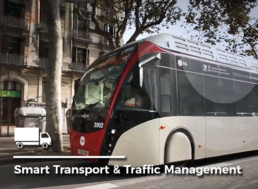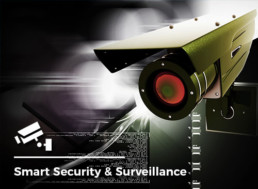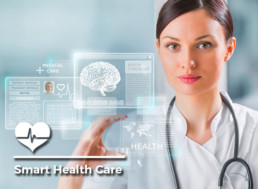SMART SERVICES CONSULTING
Smart Services are subsystems of Smart Cites Ecosystem operating on common ICT platform that operate from city’s Command & Control center. ICT network is connected to all buildings, roads, traffic signals, parks, schools, hospitals, businesses, police, fire brigades and ambulance units. Citizen smart phones can access the city portals for all services, from billing to public information. City information, maps and bus routes are shown on video walls.
All data from all utilities, surveillance, security, transport, traffic, police, fire and ambulance services using IOT, M2M, AMI meters, GIS and video cameras is back hauled to control center where every independent services is monitored and managed round the clock. The control center being the monitoring center gets alerts for all emergencies at the same time as other essential services and maintenance centers of all services. Citizens in smart cities receive paperless bills for all services used and can pay online from smart phones. Citizens can report emergencies, and seek help online also.
Smart Services Ecosystem for public services includes:
Smart Energy System: For electric and gas distribution, grid monitoring, metering and maintenance
Smart Water, Sewerage & Solid Waste: For drinking water from production to distribution, many meters and sensors will be used to avoid leakage, and ensure line maintenance.
Smart Transport & Traffic Management: The nervous system of the city interconnects multiple systems to be monitored from C&C center.
Smart Security & Surveillance: Cameras and sensors are smarter than human eyes and more effective in all populated areas of the city.
Smart Education: Digital technology tools, modules facilitating: face-to-face class learning, or mixed of class-learning, online learning, feedback using digital methods as tests and examinations for student progress, content management system, video conferencing, e-learning and student portals.
Smart Health Care: Real time big data streams, context-aware systems and infectious disease modeling are the focus of public health informatics, connecting health services with existing national and international health care surveillance covering: integrated patient health record system, point of care planning, tele-medicine system, hospital and doctor management.






